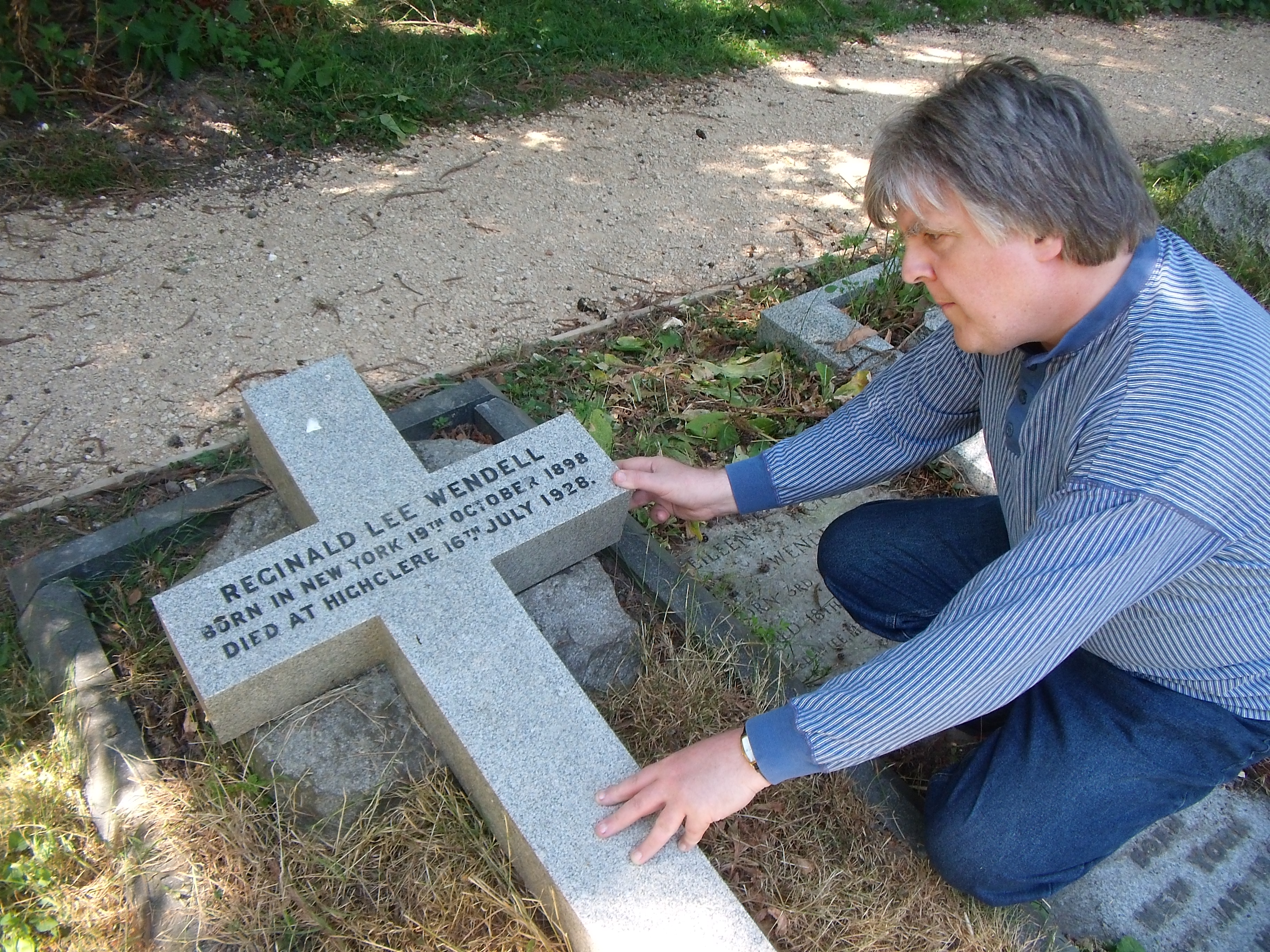Porchey Carnarvon
‘Hunting,
Shooting and Flirting’
Henry George Alfred Marius Victor Herbert
Names are deceptive. Take the Sixth Earl of Carnarvon:
his full baptismal names were Henry George Alfred Marius Victor Francis Herbert but
he was better known as just ‘Porchey’ Carnarvon. The name Porchey was a nickname derived from his courtesy title
of ‘Lord Porchester’.[i]
Informally, family and friends
addressed Henry as Porchey before and after 1923. This was the year when on 5th April ( at the age of twenty-four)
he became the Sixth Earl of Carnarvon, succeeding his infamous predecessor George (the Fifth Earl) who was the Lord Carnarvon
who discovered the priceless Tomb of Tutankhamun in Egypt’s Valley of the Kings.
The Fifth Earl had used the same nickname
of Porchey before he succeeded his father, Henry, the Fourth Earl.[ii] No doubt it continues
for the Carnarvon heir-in-waiting who is currently the eldest son of George,
(Jordy) the present Eighth Earl of Carnarvon.
The Carnarvons are a cadet branch of
the Herbert family which is headed by the Earls of Pembroke and Montgomery and whose seat is at Wilton House, Salisbury, Wiltshire. The Carnarvon earldom was created in 1793, and with this thrown into the marriage
wheeling and dealing came a large house and country estate at Highclere Castle, Hampshire.[iii] Highclere is the backdrop to British
television’s period-piece drama Downton Abbey which is allegedly a product
of HM Queen Elizabeth II commanding the
screenwriter (Julian Fellowes, famed for his Oscar-winning script Gosford Park [iv] which is set in a stately home), to write something similar to raise the revenues at Highclere, for her godson, Jordy, Eighth Earl of Carnarvon). [v] The rest is history,
as they say! And thank you, Ma’am!
The Carnarvons’ other past
family seats were at Pixton Park, Devonshire and Bretby Park, Derbyshire. Pixton remains in the possession of a branch of
the Herbert family but Bretby was sold-off by the Fifth Earl and his wife Almina (the Fifth Countess) to help make ends meet
during the Great War.
Besides names, appearances
are deceptive. The Sixth Earl of Carnarvon was small, thick-set and a bright
and breezy sort. But this jovial persona hid a less adorable feature: he was a born philanderer. One observer records that he was “a most uncompromisingly direct ladies'
man”[vi] whilst another describes his life as one spent largely hunting, shooting and flirting.[vii]
He was tagged by his fellows as ‘Lusty Carnarvon’ or ‘Randy Carnarvon’, especially in the all-male Gentlemen’s
Clubs such as Whites in London. This was probably out of envy because his scatter-gun
approach to the fairer sex meant (amidst many knock backs) that he occasionally ‘got lucky’. He was by most standards a nuisance around women and one who, being titled, was rarely brought into line.
Among the women Porchey pursued two were unfortunate
enough to be cajoled into marriage. First, in 1922, he wooed an American-born beauty named Catherine
Wendell and second, in 1939, he persuaded the well-known Austrian dancer Tilly Losch, if not to the altar, then at least to
the Registry Office at the famous Caxton Hall in London. [viii]
When they married Porchey both
women were vulnerable and penniless. Their marital capitulation into the chore of being Porchey’s bedmate was nothing
to do with his looks or magnetic sex appeal or of being wonderfully romanced: it was instead all down to a personal/familial
requirement to acquire a husband who was better off than they were financially.
Socially both women had a public
profile and had made an impact on many suitors. Whilst Porchey made reasonable
husband material on the grounds of title, money and property, neither relationship was a love-match and, to some extent, both
women were duped by their family and friends into risking the holy state of matrimony.
END NOTES
[i] The courtesy title of Viscount Porchester was given
to the eldest son of the Earl of Carnarvon. Second or third etc sons were termed the ‘Honourable’. In 1780 the
original title granted was Baron Porchester. Simon Winchester explains in his excellent book “Their
Noble Lordships” Random House (1982) that “It became customary ... to give heirs to some of the more celebrated
peerages monikers that derived from their courtesy titles.”
[ii] Henry Howard Molyneux Herbert, (1831-1890). Fourth Earl of Carnarvon.
[iii] Before
the structural changes made by Sir Charles Barry, began by the 3rd Earl of Carnarvon ( from 1842)
and finished on behalf of the 4th Earl ( after 1849), the building was called
Highclere House.
[iv] Gosford
Park (2001) won Julian Fellowes the Best Original Screenplay Oscar at the Academy Awards.
[v] The
Author was told this by a collateral member of the Carnarvon family.
[vi] Attributed
to the journalist and author, the late Hugh Massingberd (1946-2007) in the Daily Telegraph.
[vii] Attributed by the
journalist Brian Appleyard in The Sunday Times.
[viii] Caxton Hall was built in 1878; it originally served as Westminster
Town Hall. It took its name from Caxton Street, renamed from Chapel Street to mark the 500th anniversary of William Caxton’s
first printing press, which he had installed in the old Almonry of the Abbey, just to the east. During the Second World War
the building was used by the Ministry of Information as a secure venue for Churchill to hold press conferences. After decades of weddings, the Registry Office closed in 1979. It was completely redeveloped and converted
into flats in 2006.



